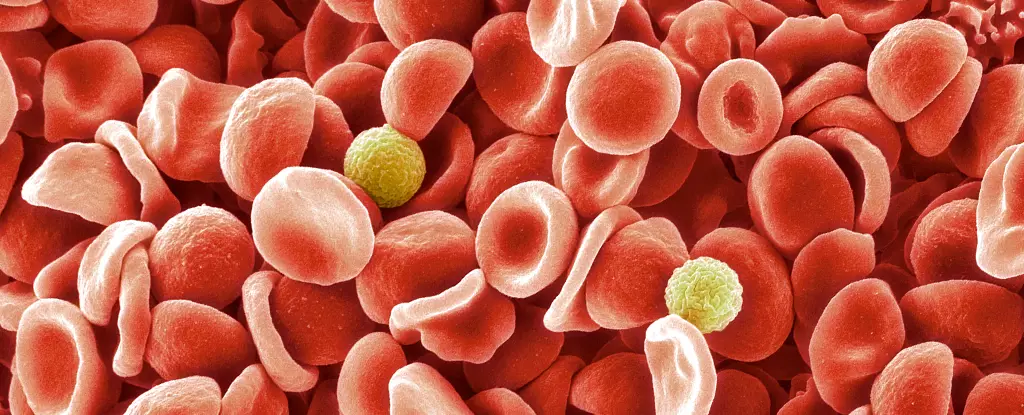In the realm of hematology, blood groups serve as critical identifiers for blood transfusions, organ transplants, and understanding genetic predispositions. The story of the MAL blood group, recently identified by a collaborative research team from the UK and Israel, showcases the intricate relationship between genetics and medicine. This groundbreaking discovery stems from a chance encounter during a routine blood sampling in 1972, which revealed a notable absence of the AnWj antigen in a pregnant woman’s blood. This anomaly, though small, set off a chain of events that would take nearly half a century to unravel. It reflects a profound achievement in medical research, one that not only fills gaps in our understanding of blood types but also enhances patient care for rare cases.
The Significance of Blood Group Systems
Blood group systems are not merely biological curiosities; they are vital in the medical field. Each blood group is distinguished by unique surface molecules that serve as identifiers, telling the immune system what belongs to the body and what doesn’t. The well-known ABO blood group and the Rhesus factor represent just the tip of the iceberg, as humans possess various other blood systems shaped by genetic variability. The importance of blood group compatibility cannot be overstated; mismatched transfusions can result in severe immune reactions, making a comprehensive understanding of these systems essential for targeting treatment and ensuring patient safety.
The Long and Winding Road to Discovery
Despite being established in the early 20th century, many blood groups have only been identified in recent years, often affecting very few individuals. The MAL blood group is part of this narrative of complex genetics. UK National Health Service hematologist Louise Tilley has dedicated almost two decades to unravel the mystery behind this peculiar blood type. Tilley and a team of researchers faced challenges in their investigation, mainly due to the rarity of cases related to the AnWj antigen. The population studied revealed that over 99.9% possessed this antigen, further emphasizing the significance of patients like the one from 1972.
The Molecular Mechanisms Behind MAL
The discovery comes down to molecular intricacies that underscore the importance of the MAL gene and its corresponding protein. The loss of the AnWj antigen—an indicator of an individual’s blood type—was linked to mutation in their MAL genes. This protein plays a crucial role in maintaining cellular integrity, stabilizing membranes, and ensuring the transport of vital materials within cells. The research team effectively demonstrated the function of the restored MAL gene by introducing it into AnWj-negative blood cells, successfully restoring the antigen. This landmark experiment signifies a major step forward in understanding not just this blood group system but the general framework of genetic mutations in hematology.
The discovery of the MAL blood group brings with it a wealth of possibilities for both diagnosis and treatment. By identifying the genetic basis for AnWj negativity, healthcare providers can now offer more accurate testing for patients with this rare blood type. The two potential causes—either inherited characteristics or suppressed antigen expression due to blood disorders—underscores the need for tailored medical attention. Understanding whether the absence of the antigen signals an underlying health issue opens avenues for proactive treatment strategies that could address complications before they escalate.
The establishment of the MAL blood group system serves as a significant reminder of how much remains to learn in the field of hematology. Through rigorous research and collaboration, scientists can enhance patient outcomes by unraveling the mysteries of blood group variations. As medical research continues to evolve, this discovery exemplifies the importance of perseverance in science and its ultimate goal: improving lives by understanding the underlying mechanisms of health and disease. The journey of the MAL blood group story not only adds to the existing blood group classification but also exemplifies the critical nature of rare genetic studies in the broader medical landscape.


Leave a Reply